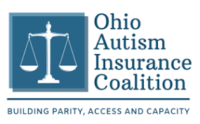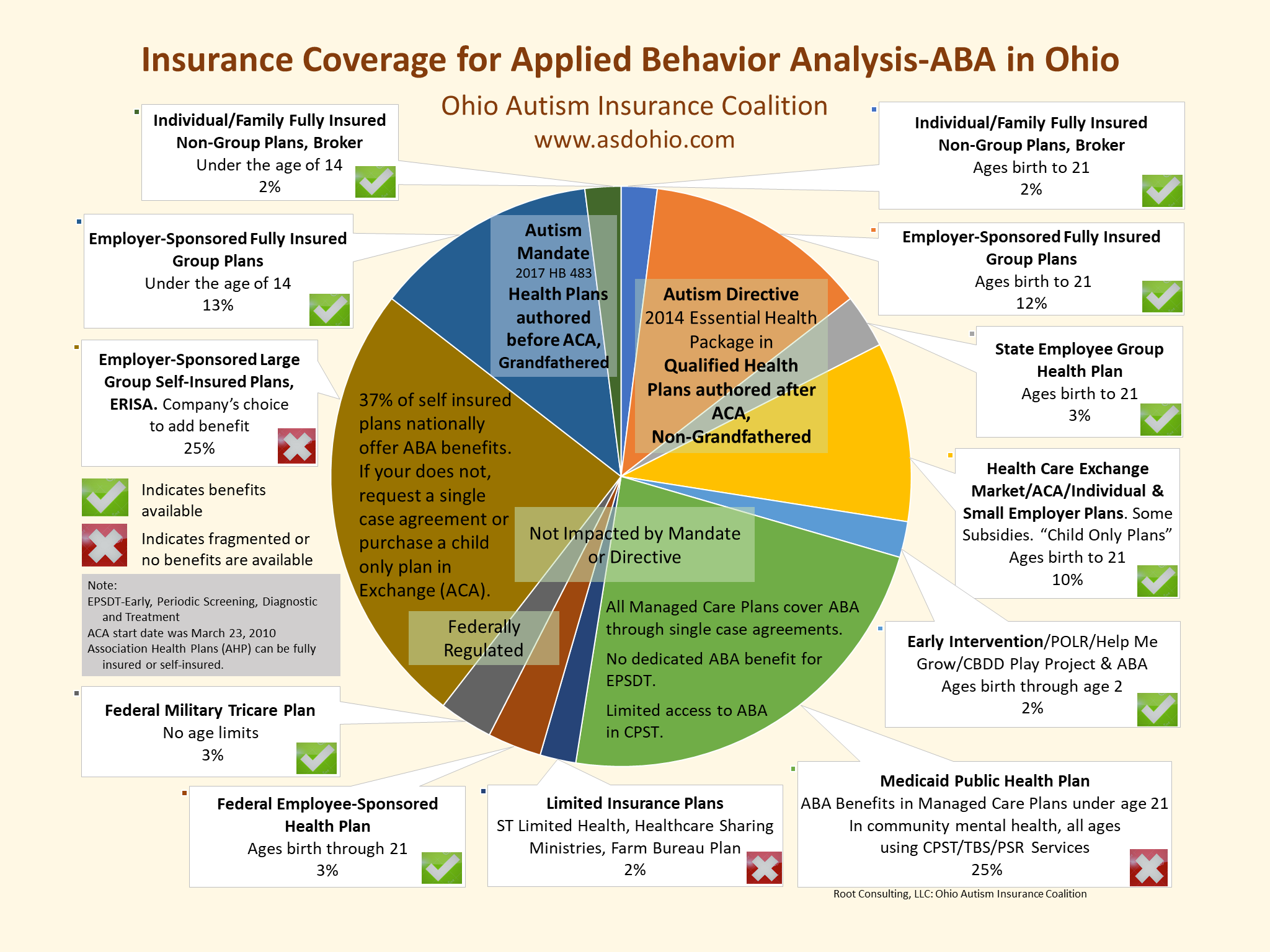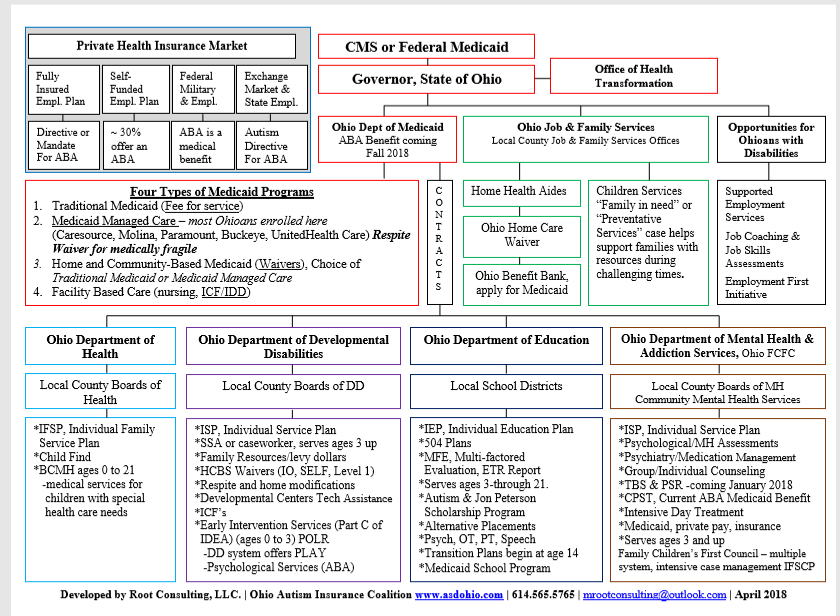Am I Covered
Once you work through the steps below and know the type of health plan you have, ask the employer or broker for the plan’s benefit manual. Look for Autism Spectrum Disorder or Applied Behavior Analysis and review the plan’s medical necessity definition and benefits for treatment. Also, find your type of health plan on the pie chart below and that will help you further see if you have access to treatment benefits.
Step 1: How do I have access to a health plan?
I am employed by a company,
ask your employer’s benefits department or human resources which one of the three types of health plans below they offer their employees.
Fully-Insured Plans – If your employer provides a Fully-Insured Health Plan, ask if the plan was originally authored before the start of the ACA and is a grandfathered plan (autism mandate benefit) or originally authored after the start of the ACA and is a non-grandfathered plan (autism directive in the essential health package benefit).
Self-Funded or ERISA Plans – Self-funded health plans are usually offered through very large employers. These plans are not impacted by mandates or state legislation and each company chooses whether or not to provide an ABA benefit. Here is a list of Self-Insured employers covering ABA per State – see pages 6-9 Autism Speaks SELF Funded Tool Kit
ACA Exchange Marketplace Small Business Health Plans – These employer health plans have access to autism treatment benefits through autism directive-essential health package benefit.
I am a state or federal employee,
state employees have access to the Governor’s autism directive benefit. Federal & Military employees have ABA benefits in their government employee health plans.
I purchased an Individual or Family Private Plan purchased through a Broker,
ask the broker when the plan was authored: Before the ACA (autism mandate) or after the ACA (autism directive). Then asks for the plan’s benefit manual and look up Autism Spectrum Disorder to review your plans medical necessity requirement and benefits for treatment.
I purchased an Individual or Family health plan on the ACA Exchange Marketplace,
your plan was authored after the ACA and has the autism directive benefit.
I have a public health plan such as Medicaid,
access to autism treatments are fragmented and you do not have access to the mandate or directive. All Medicaid managed care plans cover ABA through individual member single case agreements and several Comunity Mental Health Centers offer ABA through CPST or TBS/PSR services. Medicare does not cover ABA.
I have a child between the ages of 0 to 2 years old,
that has been diagnosed or suspected to have an Autism Spectrum Disorder or developmental disability. Look at your health plan type but also reach out to your county board of developmental disabilities to look into Early Intervention Services (Help Me Grow/Part C/POLR) for access to ABA and other treatments.
Step 2: Find your health plan type on our Autism Treatment Coverage by Insurance Plan Type and learn about treatment coverage.
Click on chart to enlarge.
Step 3: Learn about the Autism Directive and Autism Mandate in Ohio
Autism ACA Directive VS Autism Insurance Mandate – What is the difference
Visual Organizational Chart – Ohio’s overall structure of support systems
PLEASE SHARE YOUR STORY
WHAT ARE DEDUCTIBLES, CO-PAYS AND CO-INSURANCE?
Deductibles
The amount you owe for health care services your health insurance or plan covers before your health insurance or plan begins to pay.
Co-insurance
Your share of the costs of a covered health care service, calculated as a percent (for example, 20%) of the allowed amount for the service.
Co-payment
A fixed amount (for example, $15) you pay for a covered health care service, usually when you receive the service.
Check out this easy to read source on these cost and other medical terms.
CHALLENGES AFFORDING OUT OF POCKET HEATH COST
The percentage of persons under age 65 who were in families having problems paying medical bills decreased, from 21.3% (56.5 million) in 2011 to 16.0% (43.3 million) in the first 6 months of 2017.
The percentage of children aged 0–17 years who were in families having problems paying medical bills decreased, from 23.2% in 2011 to 17.1% in the first 6 months of 2017.
In the first 6 months of 2017, 24.4% of poor, 24.8% of near- poor, and 12.2% of not-poor persons under age 65 were in families having problems paying medical bills in the past 12 months.
Problems Paying Medical Bills Among Persons Under Age 65, National Health Interview Survey, 2011–June 2017, December 2017, Link to full article
Check out our page about Finding Financial Supports for Co-Pays


